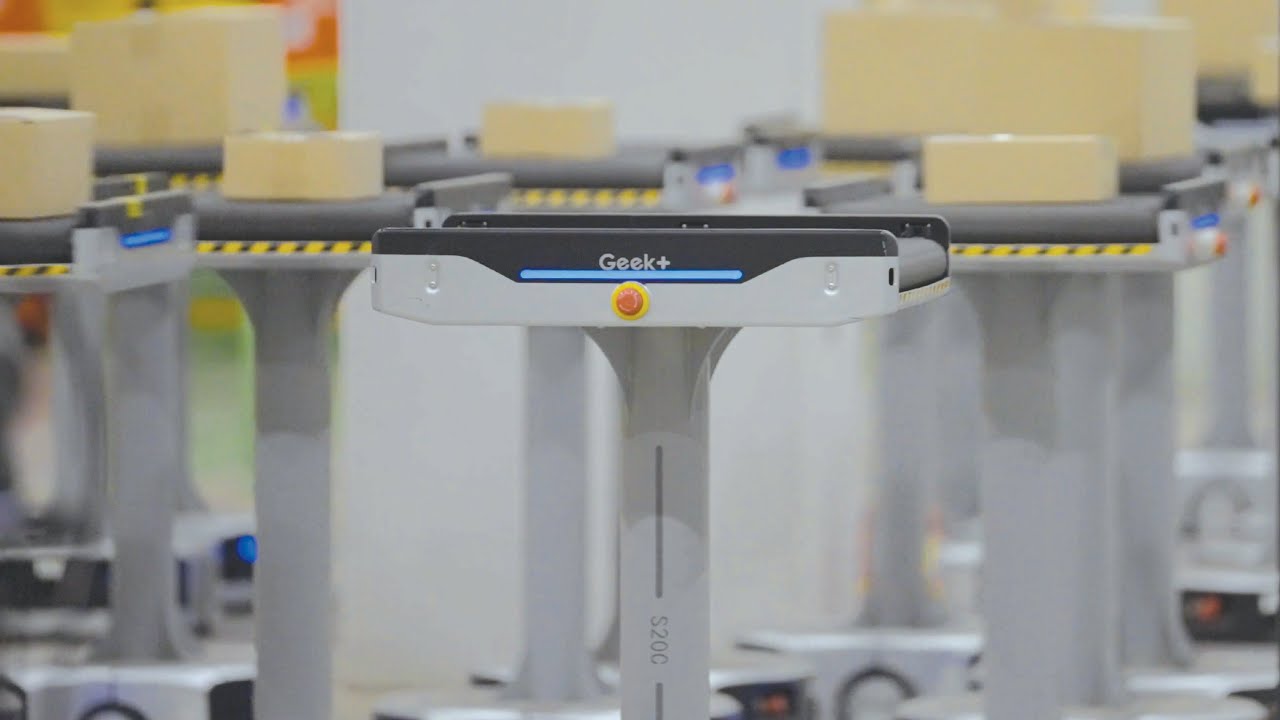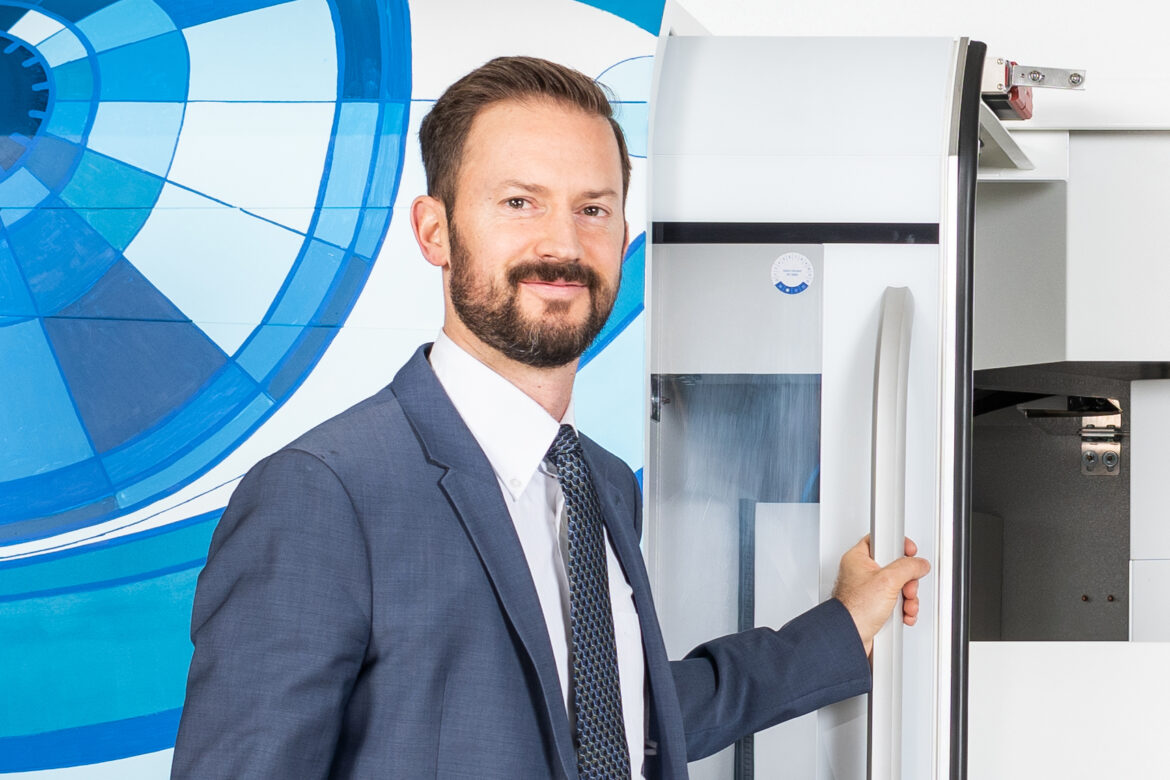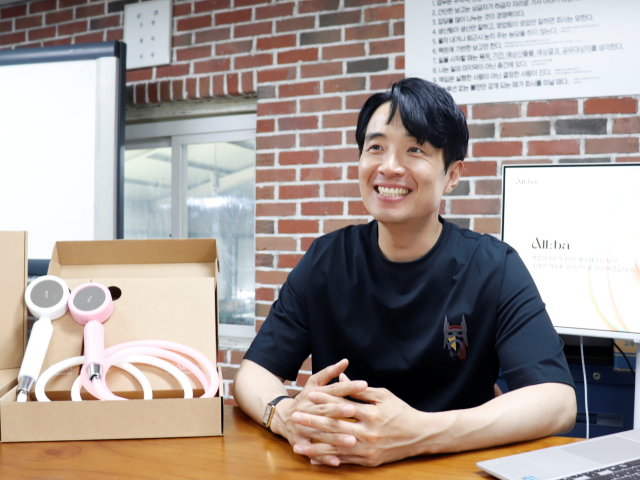
Imperial researchers have designed a malleable robotic arm that can be guided into shape by a person using augmented reality (AR) goggles.
The flexible arm, which was designed and created at Imperial College London, can twist and turn in all directions, making it readily customisable for potential applications in manufacturing, spacecraft maintenance, and even injury rehabilitation.
Instead of being constrained by rigid limbs and firm joints, the versatile arm is readily bendable into a wide variety of shapes. In practice, people working alongside the robot would manually bend the arm into the precise shape needed for each task, a level of flexibility made possible by the slippery layers of mylar sheets inside, which slide over one another and can lock into place. However, configuring the robot into specific shapes without guidance has proven to be difficult for users.
In many ways it can be seen as a detached, bendier, third arm. It could help in many situations where an extra limb might come in handy and help to spread the workload - Alex Ranne and Angus Clark, Department of Computing/Dyson School of Design Engineering
To enhance the robot’s user-friendliness, researchers at Imperial’s REDS (Robotic manipulation: Engineering, Design, and Science) Lab have designed a system for users to see in AR how to configure their robot. Wearing mixed reality smart glasses and through motion tracking cameras, users see templates and designs in front of them superimposed onto their real-world environment. They then adjust the robotic arm until it matches the template, which turns green on successful configuration so that the robot can be locked into place.
Senior author of the paper Dr Nicolas Rojas, of Imperial’s Dyson School of Design Engineering, said: “One of the key issues in adjusting these robots is accuracy in their new position. We humans aren’t great at making sure the new position matches the template, which is why we looked to AR for help.
“We’ve shown that AR can simplify working alongside our malleable robot. The approach gives users a range of easy-to-create robot positions, for all sorts of applications, without needing so much technical expertise.”





.png)

.png)




_thumb.jpg)







.jpg)





















































.jpg)












%20(1).jpg)















